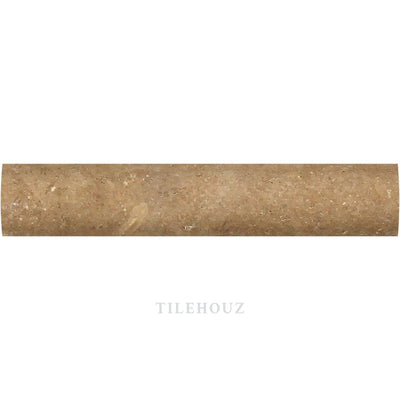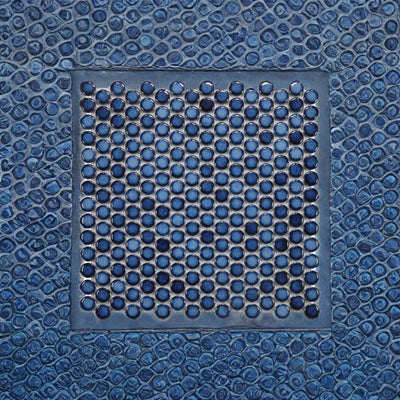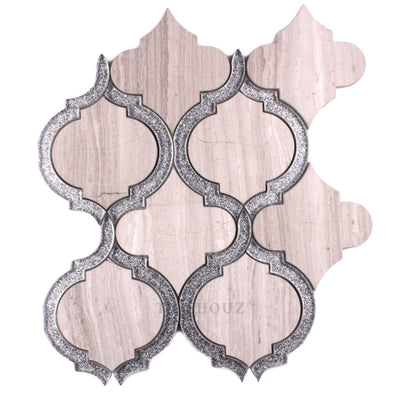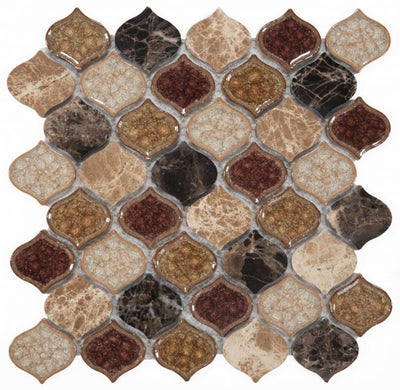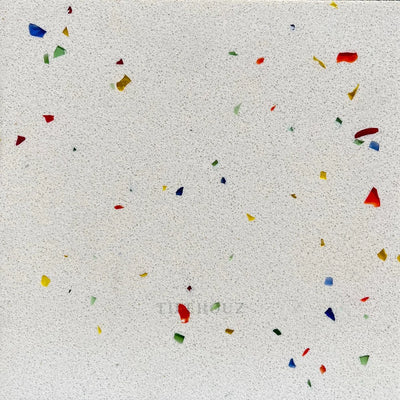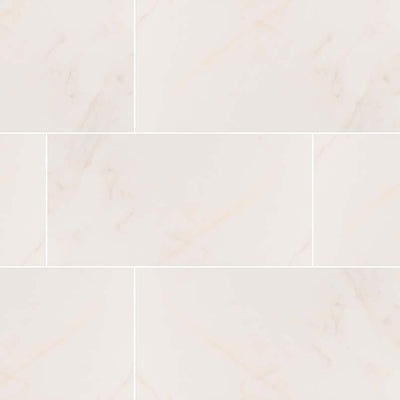Marble vs Porcelain
Marble and porcelain are both popular materials used in various applications, including flooring, countertops, and decorative objects. While they share some similarities, there are distinct differences between marble and porcelain. Let's explore these differences:
1. Composition: Marble is a natural stone, primarily composed of calcite or dolomite minerals. It forms from the metamorphism of limestone. On the other hand, porcelain is a man-made material produced by firing clay at high temperatures. It consists of fine clay particles mixed with other minerals.
2. Appearance: Marble is renowned for its natural beauty and unique veining patterns. Each piece of marble is distinct, with variations in color, veining intensity, and overall appearance. Porcelain, on the other hand, can be manufactured to mimic various materials, including marble. It often comes in a wide range of colors and patterns, offering versatility in design options.
3. Durability: Marble is a relatively soft material, scoring around 3-4 on the Mohs hardness scale. It can be prone to scratches, stains, and etching from acidic substances. Porcelain, on the other hand, is exceptionally durable and has a higher hardness rating, typically ranging from 5 to 9 on the Mohs scale. It is resistant to scratches, stains, and chemicals, making it a more practical choice for high-traffic areas.
4. Maintenance: Marble requires regular maintenance to preserve its appearance. It should be sealed to protect against staining and etching, and spills should be cleaned promptly. Additionally, acidic substances like citrus juices can damage marble surfaces. Porcelain, being non-porous, is easier to maintain. It does not require sealing, and stains can be easily wiped away with regular cleaning.
5. Application: Marble is often favored for its luxurious and elegant aesthetic. It is commonly used in high-end residential and commercial applications, such as flooring, countertops, and fireplace surrounds. Porcelain, due to its durability and versatility, is suitable for a wide range of applications. It can be used for both indoor and outdoor flooring, wall cladding, kitchen countertops, and even in bathrooms.
6. Cost: Marble is generally more expensive than porcelain. The price of marble can vary depending on its quality, rarity, and source. Porcelain, being a manufactured material, offers a more affordable alternative that can imitate the look of marble at a lower cost.
Ultimately, the choice between marble and porcelain depends on your specific needs, budget, and aesthetic preferences. Marble is renowned for its natural beauty and luxury, but it requires more maintenance and is less durable. Porcelain, while offering a wider range of design options and better durability, may not have the same level of elegance and prestige as natural marble.
1. Composition: Marble is a natural stone, primarily composed of calcite or dolomite minerals. It forms from the metamorphism of limestone. On the other hand, porcelain is a man-made material produced by firing clay at high temperatures. It consists of fine clay particles mixed with other minerals.
2. Appearance: Marble is renowned for its natural beauty and unique veining patterns. Each piece of marble is distinct, with variations in color, veining intensity, and overall appearance. Porcelain, on the other hand, can be manufactured to mimic various materials, including marble. It often comes in a wide range of colors and patterns, offering versatility in design options.
3. Durability: Marble is a relatively soft material, scoring around 3-4 on the Mohs hardness scale. It can be prone to scratches, stains, and etching from acidic substances. Porcelain, on the other hand, is exceptionally durable and has a higher hardness rating, typically ranging from 5 to 9 on the Mohs scale. It is resistant to scratches, stains, and chemicals, making it a more practical choice for high-traffic areas.
4. Maintenance: Marble requires regular maintenance to preserve its appearance. It should be sealed to protect against staining and etching, and spills should be cleaned promptly. Additionally, acidic substances like citrus juices can damage marble surfaces. Porcelain, being non-porous, is easier to maintain. It does not require sealing, and stains can be easily wiped away with regular cleaning.
5. Application: Marble is often favored for its luxurious and elegant aesthetic. It is commonly used in high-end residential and commercial applications, such as flooring, countertops, and fireplace surrounds. Porcelain, due to its durability and versatility, is suitable for a wide range of applications. It can be used for both indoor and outdoor flooring, wall cladding, kitchen countertops, and even in bathrooms.
6. Cost: Marble is generally more expensive than porcelain. The price of marble can vary depending on its quality, rarity, and source. Porcelain, being a manufactured material, offers a more affordable alternative that can imitate the look of marble at a lower cost.
Ultimately, the choice between marble and porcelain depends on your specific needs, budget, and aesthetic preferences. Marble is renowned for its natural beauty and luxury, but it requires more maintenance and is less durable. Porcelain, while offering a wider range of design options and better durability, may not have the same level of elegance and prestige as natural marble.

